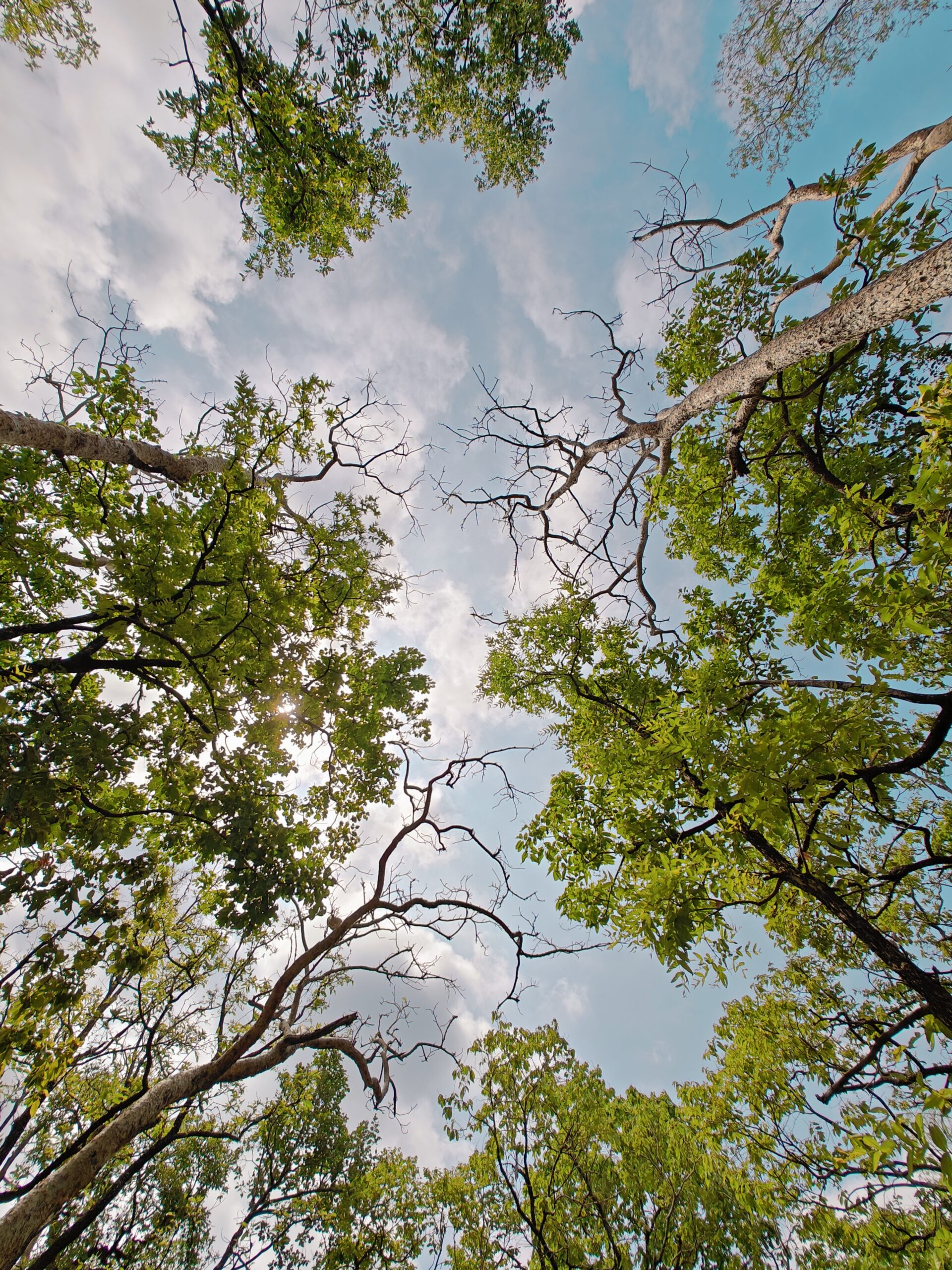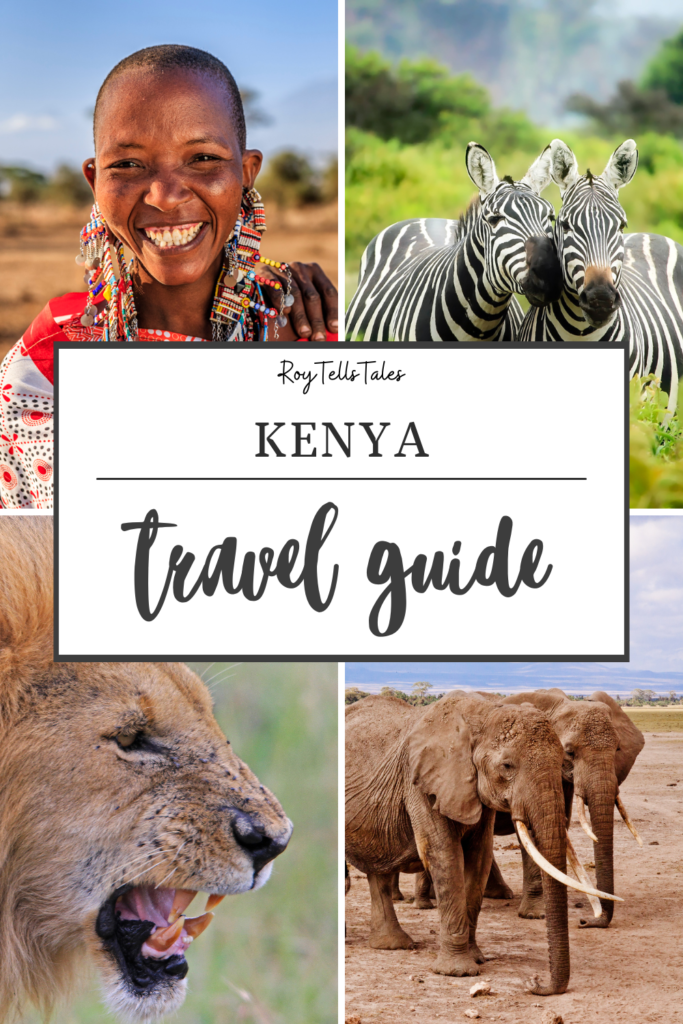

Pench National Park: The Land That Inspired Rudyard Kipling’s ‘The Jungle Book’
Like many other kids in India, my first introduction to forests and wildlife was through Rudyard Kipling’s ‘The Jungle Book.’ I was in the sixth standard when I first picked up the book from my school library, but long before that, I used to watch the adventures of Mowgli with his friends Baloo and Bagheera as part of my Sunday morning rituals.
It took years before I experienced my first wildlife safari, which was in Ranthambore National Park, Rajasthan. While hoping to spot a tiger on my first safari, all I saw were some pug marks! And that was it. I also explored other national parks in India, including Jim Corbett National Park in Uttarakhand, Panna National Park in Madhya Pradesh, and Sundarbans in West Bengal. I saw herds of deer grazing peacefully, monkeys leaping from branch to branch, and various species from boars to birds, and elephants to wolves, all in their natural habitat. Yet, I never saw a tiger!
As time passed by, I slowly fell in love with the wilderness. The silence of the jungles, laced with the excitement of unexpectedly spotting an animal, always intrigued me. Over time, I realized that spotting a big cat was a matter of luck, and I began to feel jinxed.
Five years ago, I took my first trip to Africa, spending a month in Kenya on a volunteer trip. During that time, I explored the wildlife reserves and national parks in Kenya, including Maasai Mara and Amboseli. Over a couple of game drives, I spotted all the African BIG 5. I also spent a few days in Kruger National Park in South Africa, where I witnessed packs of lions lounging by waterholes, millions of wildebeests and zebras grazing under the scorching sun, and elephants of all sizes moving from bush to bush. My wildlife dreams had come true!
But back in India, I was still yearning to see the Royal Bengal tigers in the wild.

Spotting a Tiger in Pench National Park
Recently, I visited Pench in Madhya Pradesh, the place that inspired Kipling to write ‘The Jungle Book.’ On the first day of the safari at Pench National Park, I reminded myself of the jinx and wasn’t expecting to see a tiger. “It’s the jungle that matters,” I told myself, looking forward to a soothing drive through the lush greens. Deepa, the naturalist from Pench Tree Lodge, who was accompanying us, knew every turn and bend of the jungle and was aware of the tiger territories. What fascinated me more was how well she could gauge the ‘alarm call’ of the langurs and spotted deer.
Pench, named after the river flowing through the region and designated a wildlife sanctuary in 1983, now has more than 80 tigers. As the jeep traversed the dusty, rugged roads of the park, we stopped near a waterhole close to Fireline – an area inside Pench National Park. Deepa told us that it was the territory of a tiger named Swastik, and he might come there to drink water.
It was around 8 am when we crossed that part of the park, heading for our bush breakfast. Suddenly, we heard that a tiger had been spotted near the waterhole, and we wasted no time. When we reached there, four or five jeeps were already queued up to see the gorgeous beast. Deepa confirmed it was Swastik, and with sheer elegance, he enjoyed his time dipping in the water. As we waited for him to move, more vehicles started pouring in.
In another 10 minutes, more than 20 vehicles had gathered to catch a glimpse of the majestic Royal Bengal tiger of Pench. After a leisurely soak, he got out of the water and started walking towards the road. For a moment, my hands froze, and I couldn’t take any photographs – I just looked at him in awe. I had never seen a tiger so close, and it felt surreal. He snarled at us, tried to make his way through the vehicles, and then crossed the road to disappear into the woods.

Exploring Pench, Beyond The Tiger Territories
After Swastik, we also had a quick glimpse of Laxmi, a tigress who’s often spotted in her territory with three of her sub-adult cubs. We also spotted two leopards, one of which was rather close to our vehicle.
There was an area where we saw langurs and herds of spotted deer together, and Deepa told us, “They are best friends!” There is a symbiosis between them: the langur drops leaves and fruit from the trees for the deer to eat and warns of approaching predators, while the deer, being easier prey, help keep the langurs safer.
I found myself fascinated by the laws of the wild!
As we drove through the jungle, she showed us the ‘ghost tree’ – a starkly white tree that stands out from the others. This tree gets its name because, especially in the moonlight, it looks like a ghost walking through the jungle. We also spotted various species of birds, ranging from the Indian grey hornbill to the white-eyed buzzard, the Indian roller to painted storks, and the black drongo to the greater coucal.
Wandering in ‘Mowgli Land’, as it is popularly called, I got to know that only 292 sq km of the 1180 sq km Pench Tiger Reserve is open to the public as Pench National Park, which lies on the border of Madhya Pradesh and Maharashtra. After four safaris and countless conversations with the naturalists, I realized that even without spotting a tiger, each safari is its own adventure. The landscape of verdant forest, the serendipitous encounters with animals just a stone’s throw away, and the thrill of never knowing what you will encounter or what lies beyond the next bend make every journey unforgettable.
How to Reach Pench National Park?
There are three main modes of transportation to reach Pench National Park: by air, by bus, and by train.
1. By Air
You have two airport options for reaching Pench National Park:
- Dr. Babasaheb Ambedkar International Airport (Nagpur): Located in Nagpur, Maharashtra, this airport is about 130 km from Pench National Park. It is suitable for both international and domestic travelers. From the airport, you can easily hire a taxi to reach the park.
- Jabalpur Airport: Situated in Jabalpur, Madhya Pradesh, this airport is approximately 213 km from the park. It primarily serves domestic travelers, and taxis are readily available for the onward journey to Pench.
If you have your accommodations booked in Pench, then you can request them for a pick-up from the airport as well. Most of the properties are close to the Turia Gate of Pench National Park (which is also the busiest gate). The other two gates: Karmajhiri Gate and Jamtara Gate are comparatively less crowded and have only a couple of properties around them.
2. By Bus
Traveling by bus is a good option if you are coming from Madhya Pradesh or Maharashtra. Seoni, located in Madhya Pradesh, is the best-connected city by road to Pench National Park. The bus routes to Seoni are well-developed and provide easy access to the park.
3. By Train
There are two railway stations you can use to reach Pench National Park:
- Seoni Railway Station: Located in Madhya Pradesh, Seoni Railway Station is the closest option at a distance of 72 km from the park. It is the most convenient train station for travelers heading to Pench.
- Jabalpur Railway Station: Another option is Jabalpur Railway Station, located in Maharashtra, but it is farther from the park at 205 km away. While it is a viable option, Seoni is generally more convenient due to its proximity.

The Truth Behind ‘The Jungle Book’
Twenty years back, when I had picked up ‘The Jungle Book’ from my school library if someone told me that Kipling had written the story without ever visiting the forests of Central India, I wouldn’t have believed it!
During my days in Pench, I learned that although this land is the setting for Kipling’s book, he never actually visited there. It was his father who spent time in Pench and inspired him with his stories. However, the tale might have some basis in fact, as there are stories of an actual boy who wolves raised.
In the 19th century, the forests of Central India were quite popular among colonial hunters. It is said that two Englishmen were in Seoni, the closest village to Pench (which Kipling also mentioned in his book), when they heard a story about a young boy who had been brought up by a wolf pack. This boy couldn’t speak or walk like a human; nothing about him resembled a human. He was eventually found and rescued but died two or three years later. Both Englishmen wrote separate books about this incident.
Although it seemed like folklore to me, I wanted to dig deeper. A few days ago, I started reading ‘The Jungle Book’ again, and while researching Kipling’s inspiration for characters like Mowgli, Shere Khan, and others, I came across an article titled “Did Seoni Have a Real Mowgli?” in the Times of India, dating back to 2016. The author, Sumeet Keswani, writes:
“While Kipling’s work was fiction, it’s said to have been inspired by Sir William Henry Sleeman’s pamphlet, An Account of Wolves Nurturing Children in Their Dens, which describes a wolf-boy captured near Seoni in 1831. Sleeman, a British soldier and administrator, is known for his work in suppressing thuggery. We found a mention of the wolf-boy named ‘Seeall’ in Mervyn Smith’s Sport and Adventure in the Indian Jungle, which describes his capture and behavior in captivity. ‘I have reason to believe that he was the original of Rudyard Kipling’s Mowgli,’ the author writes.”
As I wandered through Pench, the vivid scenes and diverse wildlife from the book came to life, making the experience magical for me. Knowing the truth now, reading ‘The Jungle Book’ fills me with awe, and I can’t help but wonder: how would the story have been shaped if Kipling had actually visited Seoni (or Pench)?






















Little trivia : There is a Kipling house (now a museum) in Mumbai, where Rudyard Kipling spent few years of his life. It’s inside JJ College campus.
Must visit if you are in Mumbai.
What an enchanting read! Your vivid descriptions of Pench National Park brought the beauty and magic of ‘Mowgli’ land to life. I can’t wait to visit and hopefully catch a glimpse of the amazing wildlife you mentioned. Thanks for sharing such valuable insights!
What a captivating read! Your description of Pench National Park truly brings the essence of ‘Mowgli’ Land to life. I can’t wait to visit and experience the wildlife and natural beauty you highlighted. Thanks for sharing your insights!